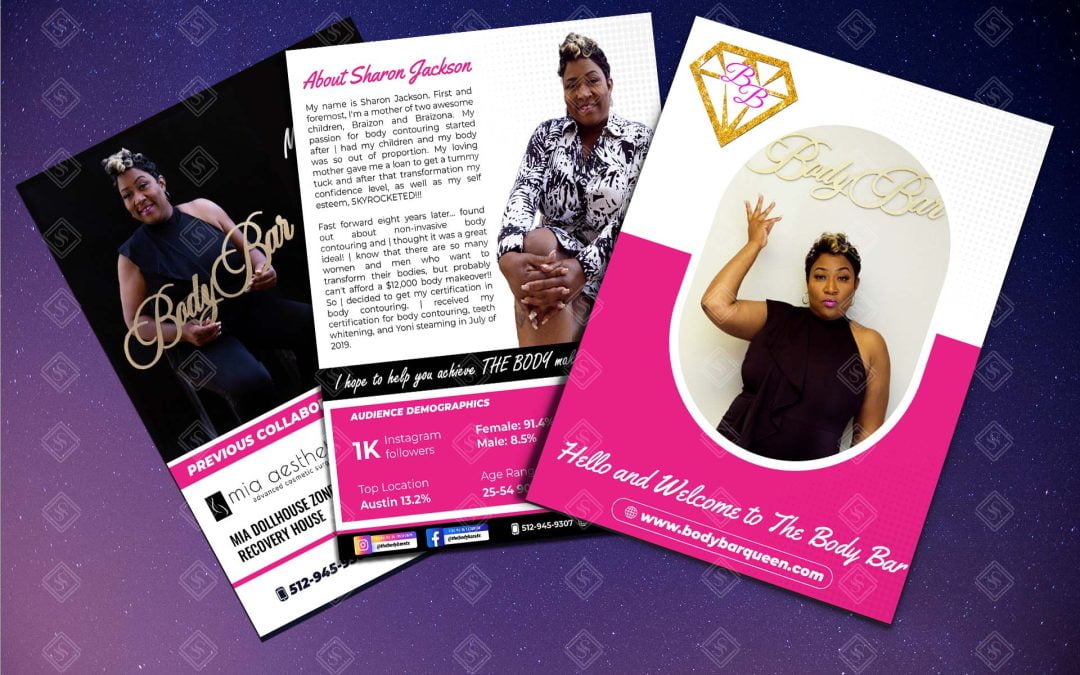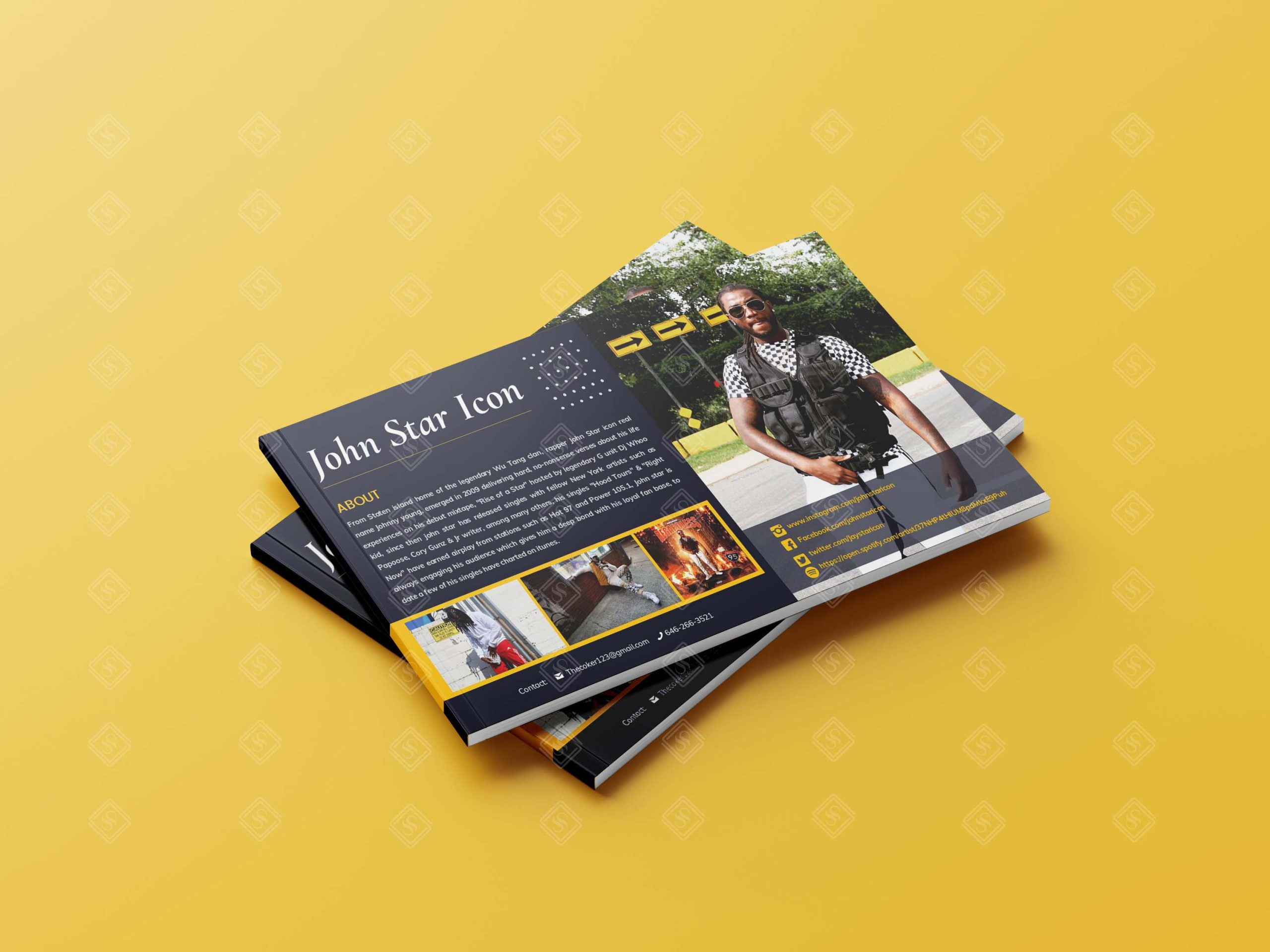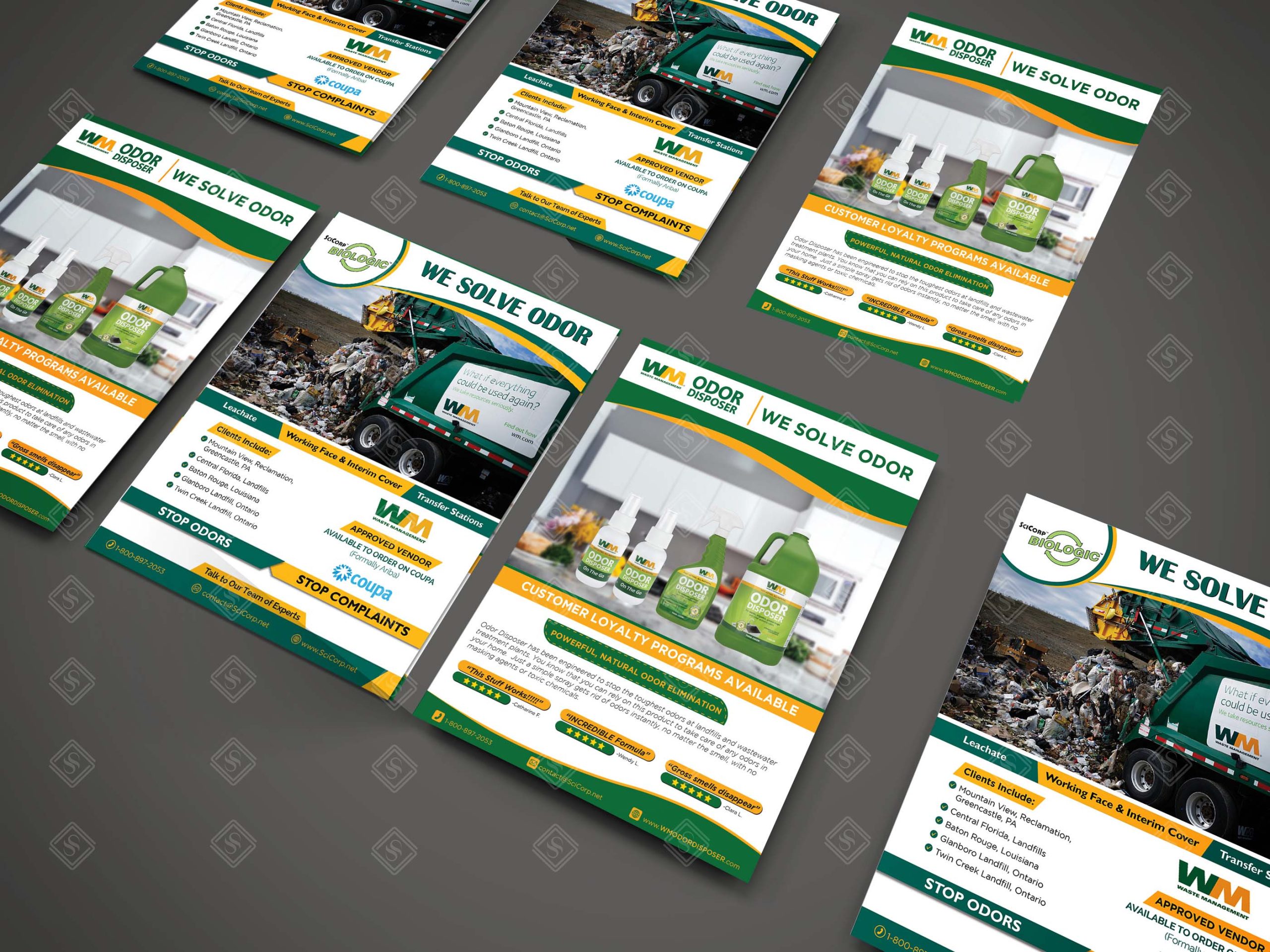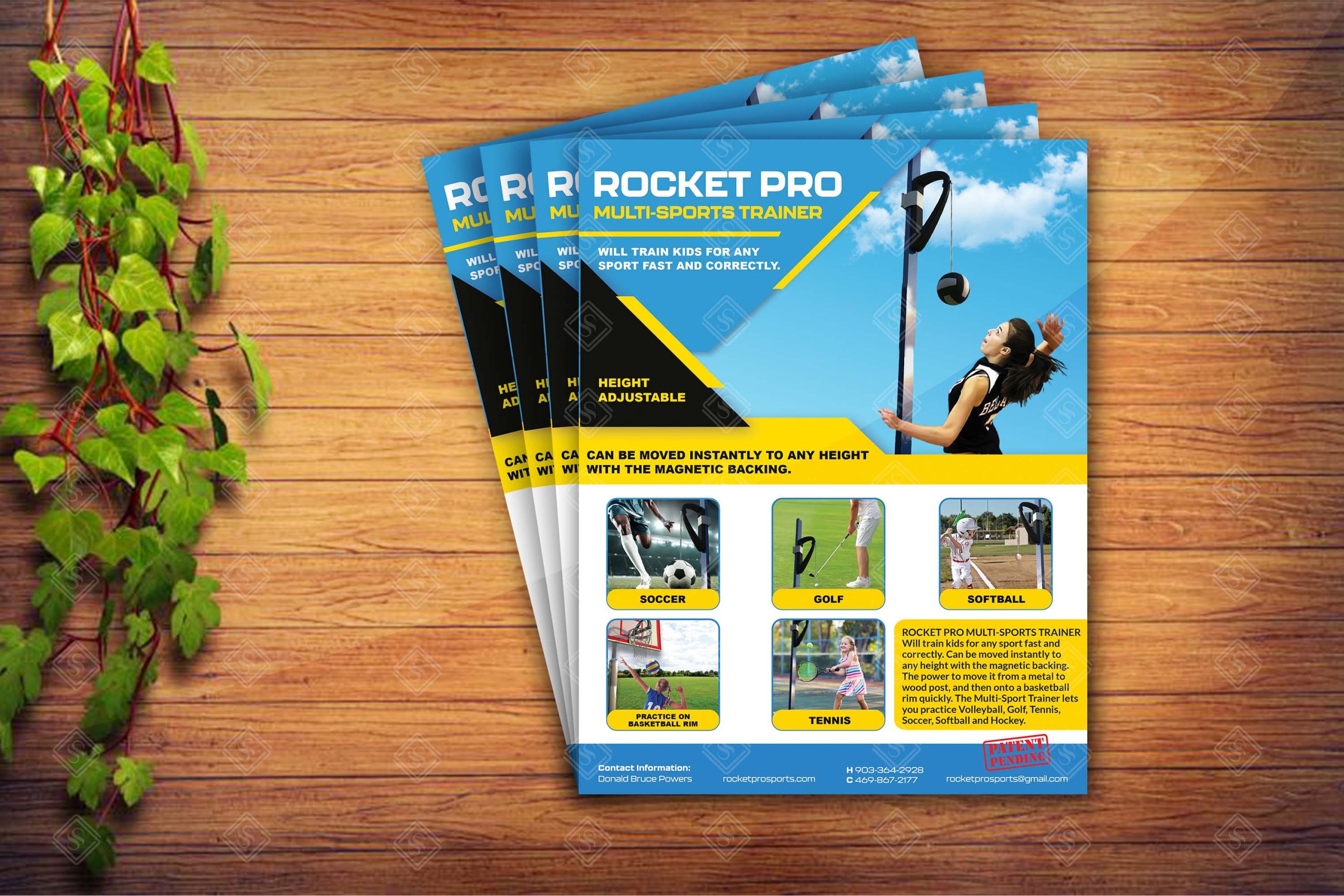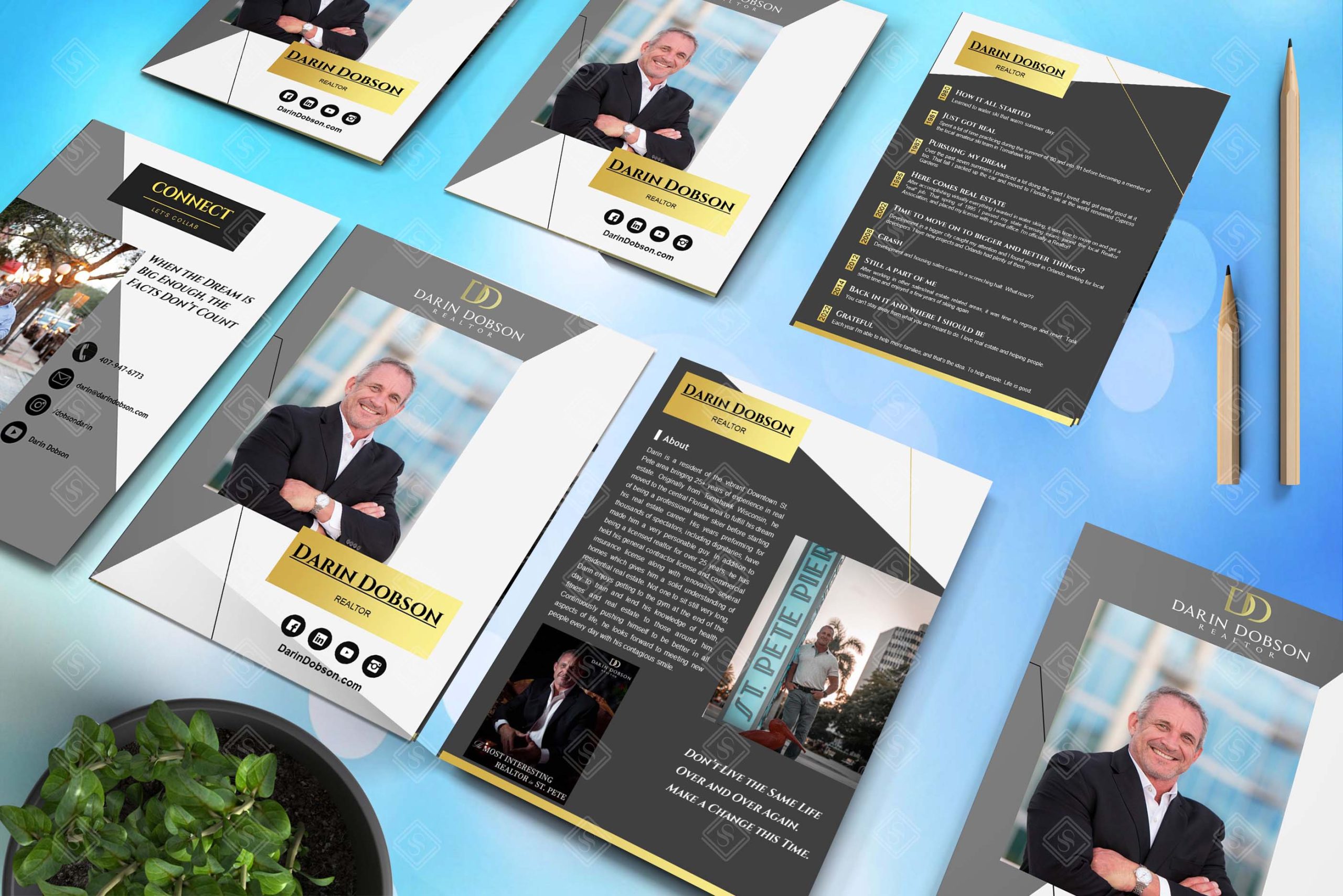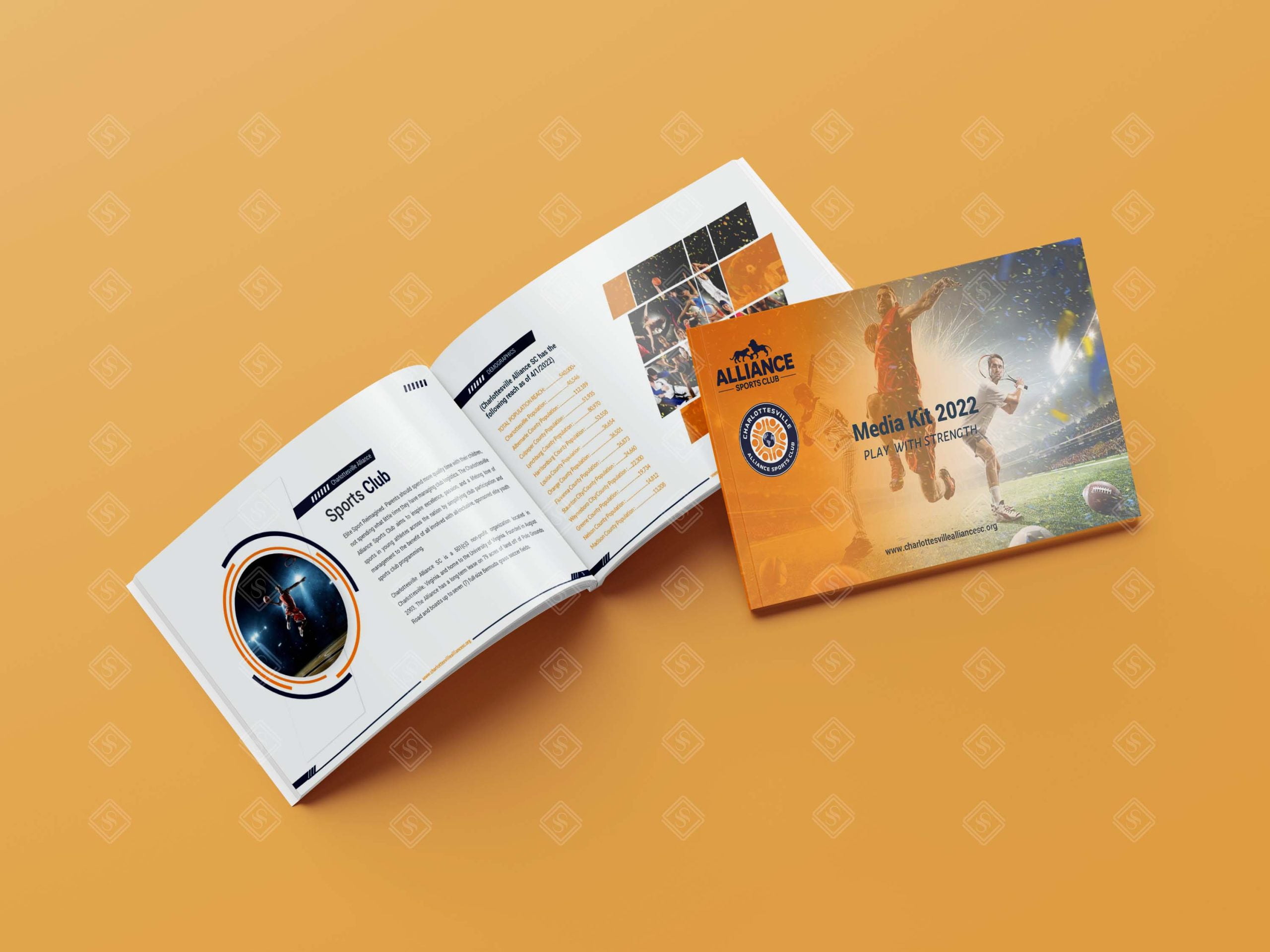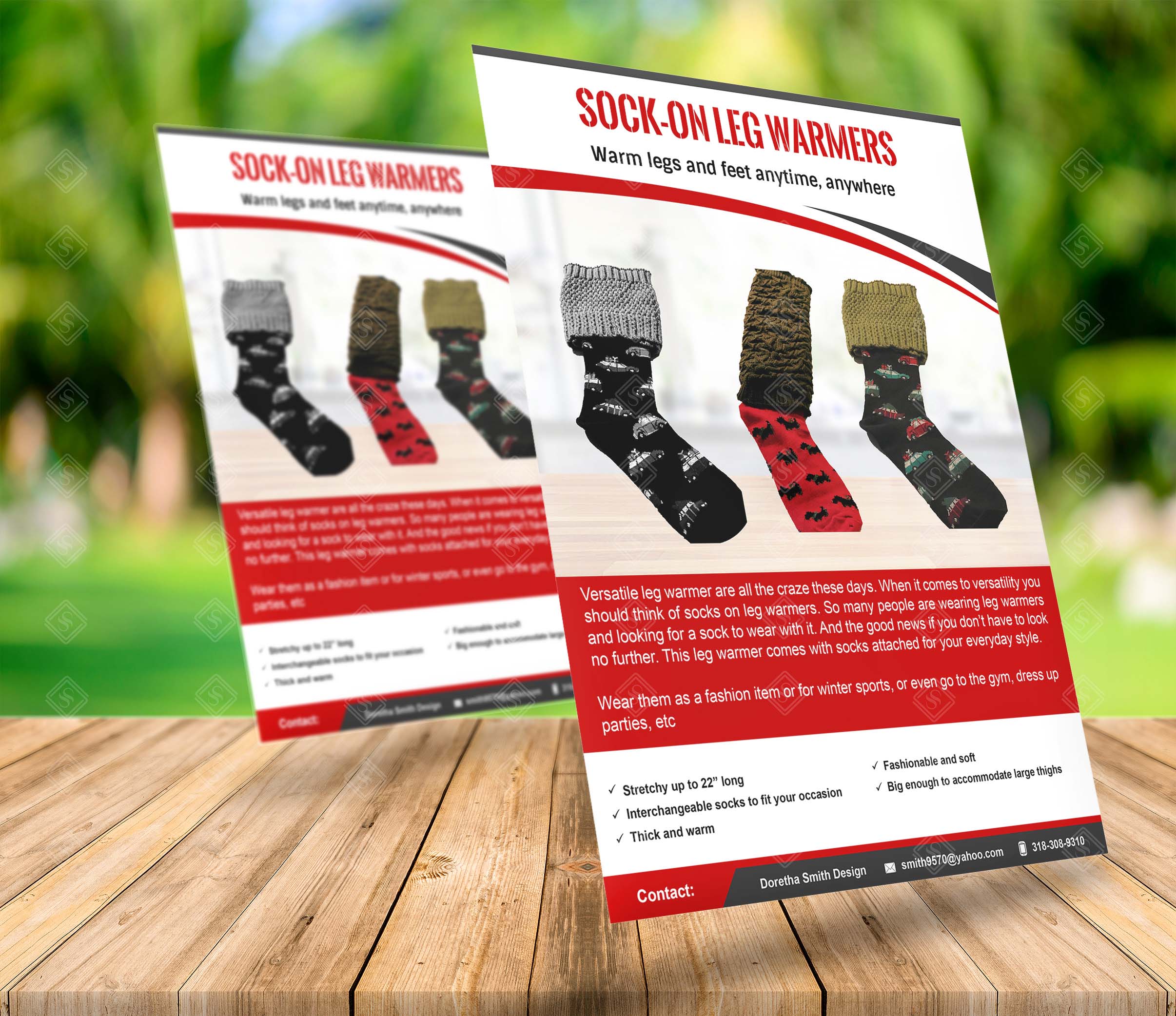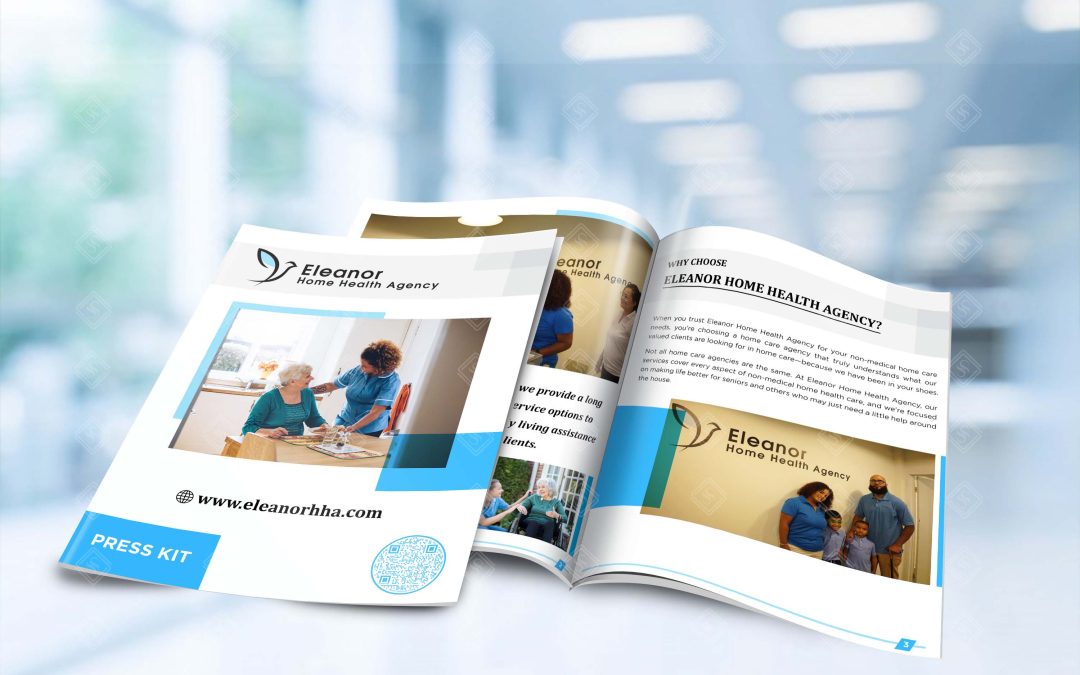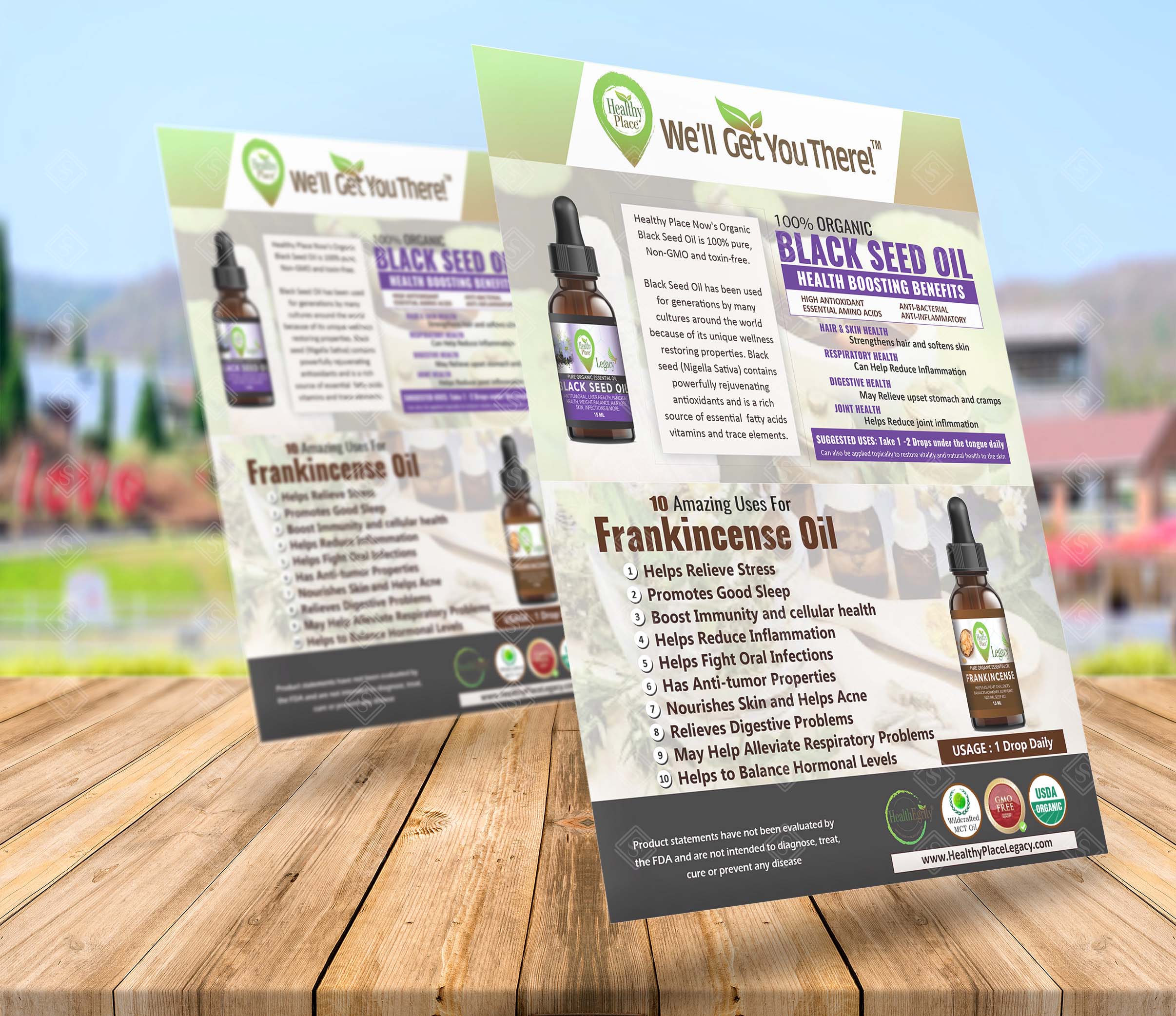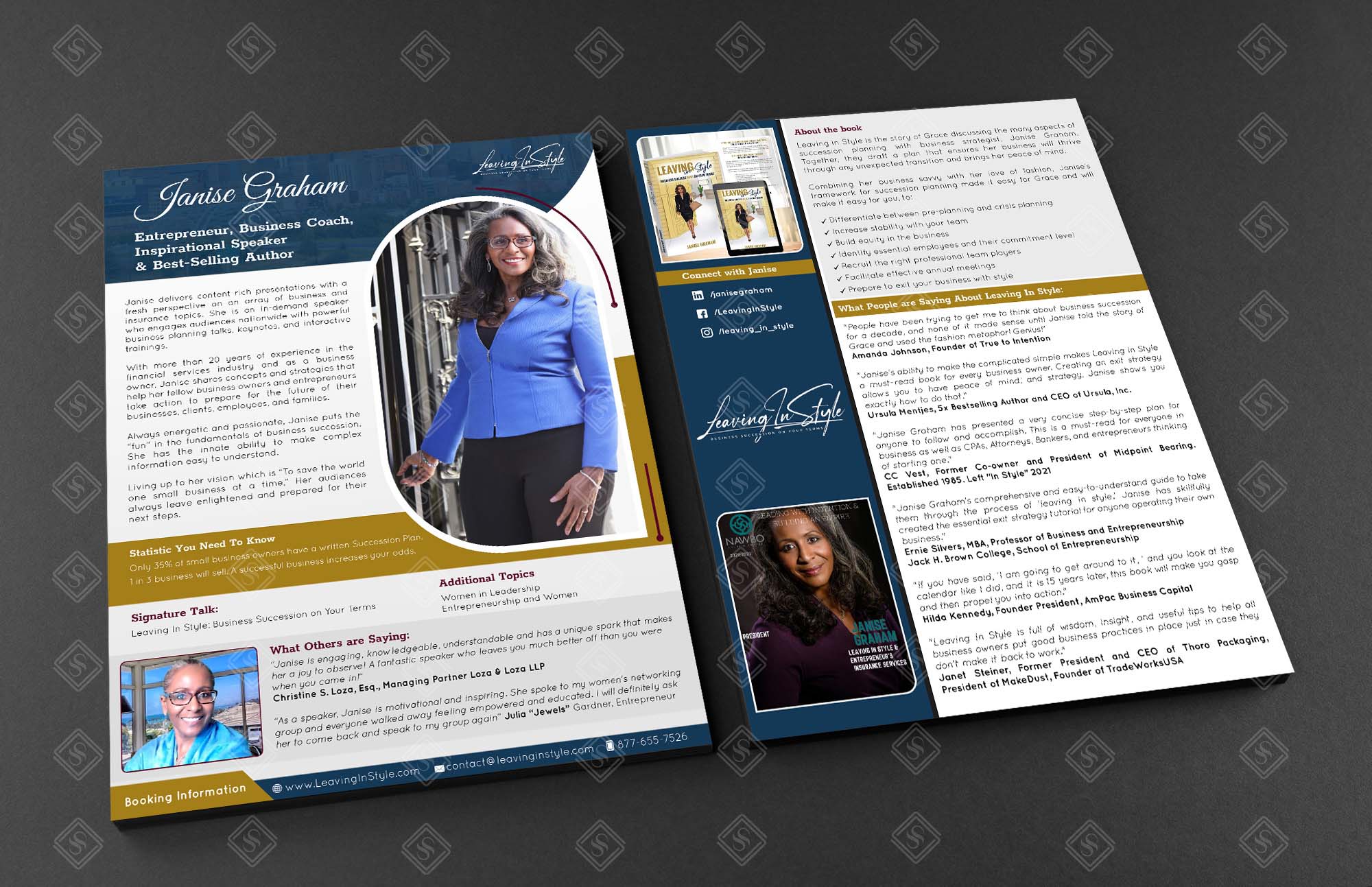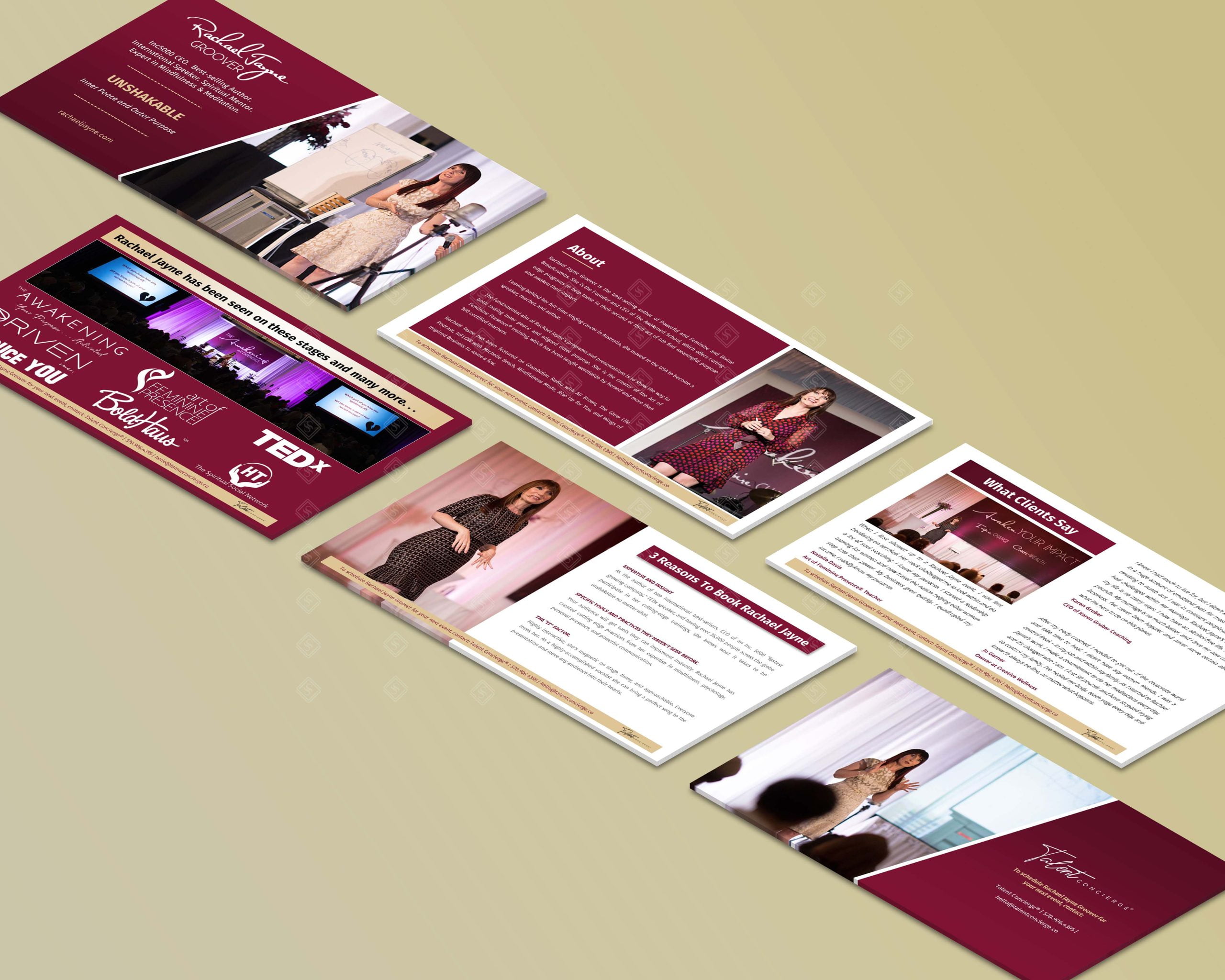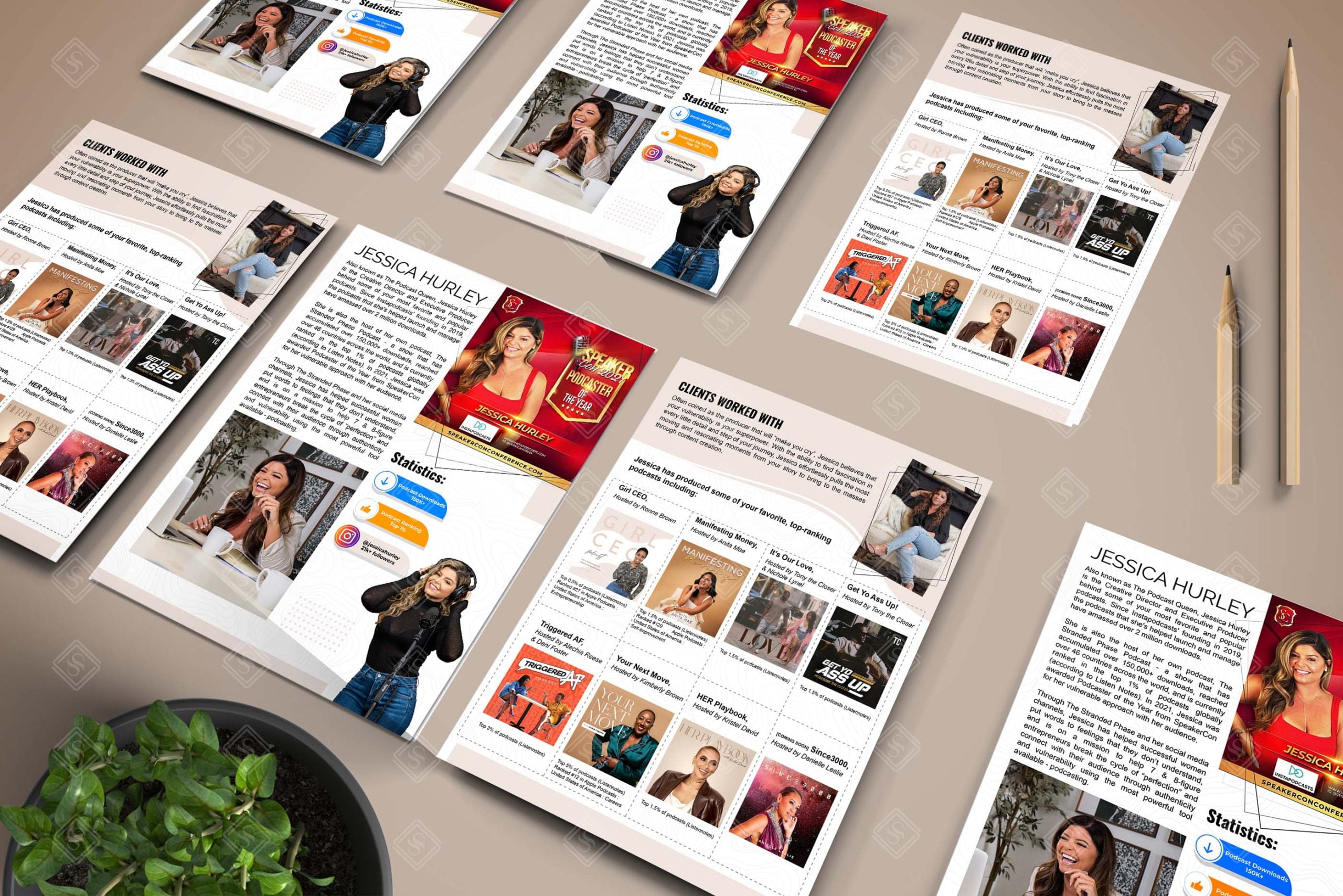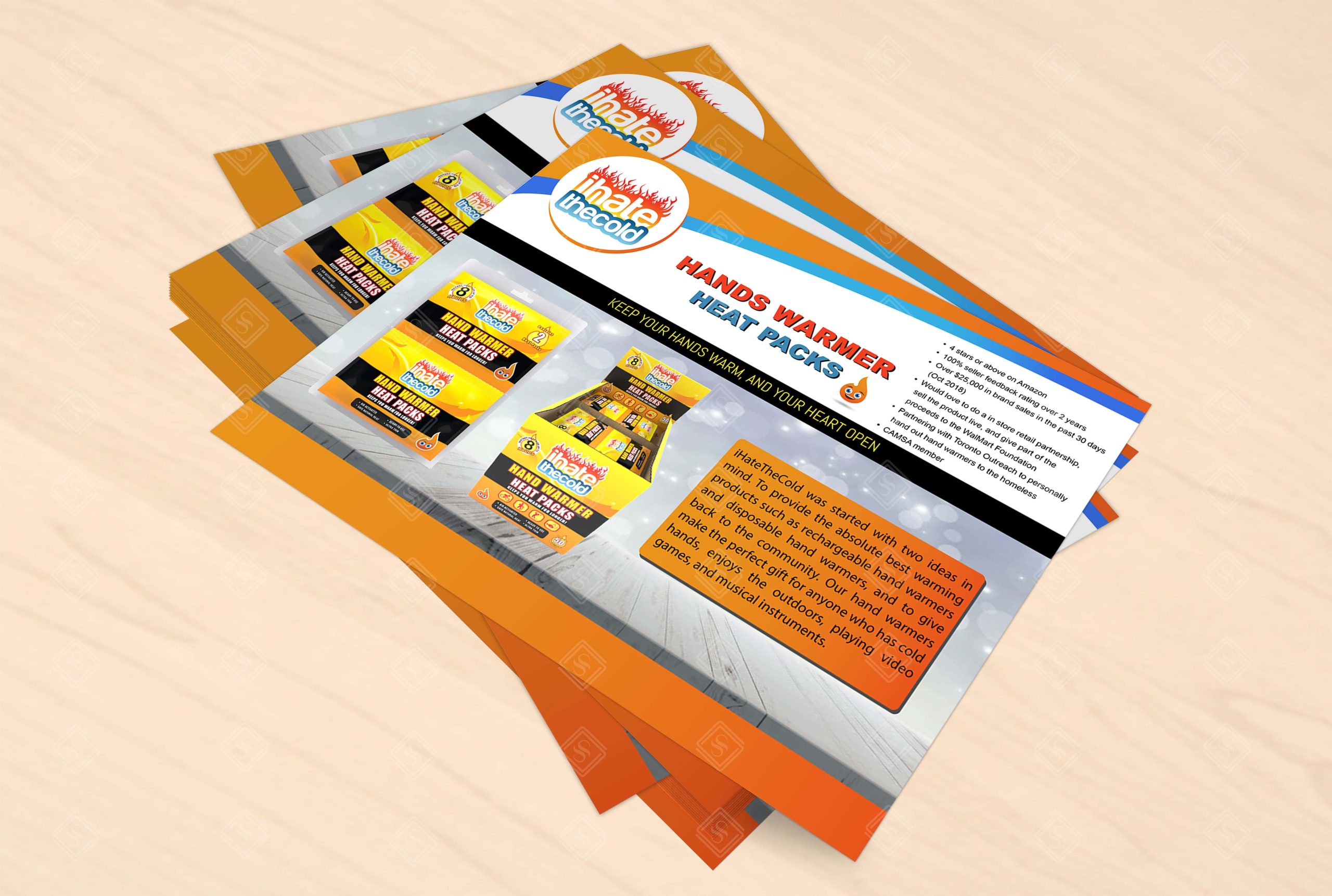
by abdur | Aug 11, 2024 | Menu
Menu is one of the restaurant’s best-selling tools it doesn’t even need to boast about. It helps to gain customers, serve as a display of the available food and control the perception these customers have about the food you will be serving them. The knowledgeable menu can sell itself and create brand-loyal customers, not to mention you get an edge over your competitor.
Importance of a Well-Crafted Menu in the Restaurant Industry
Your menu makes most of the first and sometimes the only impression customers will have of your restaurant. It also determines their expectations in as much as food quality, the environment, and the price range appropriate for the restaurant. A good menu design contributes to the perception and, therefore, customers’ desire to taste your foods. An irresistible menu will be artistic and informative. It requires better categorization, the use of appealing headlines and sub-headlines and proper organization of layout. Indeed, the most vital role of an appealing menu is that it should encapsulate the identified personality of your restaurant.
Menu Design and Layout
Menu design is not just about mentioning food; it has so much more to do with making an experience. Thus, the more a restaurant selection corresponds to the perception it has, the more effective it is to use corresponding colours, fonts, and spacing. The design of the menus is an important aspect since they are an extension of the brand and help to establish the theme of the food services.
- Visual Appeal and Readability: Consumers should be able to look at your menu without straining their eyes. Stick to clean and easy-to-read fonts, space out your content and structure it symmetrically. Pictures can help to make the dishes look appetizing; however, one should not put too many pictures on the page. If images are employed, different text and graphics are rarely properly in harmony.
- Incorporating High-Quality Images: Savoury pictures can increase sales. Ensure that you select relevant pictures of the meals that you serve. Make sure they are of good quality and well-cut. Take images to support the menu positioning and to create an appealing image and presentation of the menu.

Menu Categorization
Menu categorization is a culinary science of dividing one’s meals into divisions that are quite easy to understand. It informs customers, thus, reducing complexities in selecting foods to eat. Consistency is important in the presentation of the menu to the customers.
- Menu Structure and Organization: The organization of options in a menu helps the customers navigate through what you have to offer. Group dishes in the most reasonable manner possible with the help of headings and subheadings. One may want to have subcategories in appetizers, main dishes, desserts, and drinks. Stress best-selling products or today’s offers.
- Creating Logical and Appealing Menu Sections: Create neat and appealing categories on your page that are to be used as a menu. For better organization of the dishes it is suggested to divide them into groups by course, type of cuisine or diet. The sections must have strong themes to keep the consistency of the outline. One must consider target consumers and what they would expect to find in the particular categories.
- Balancing Variety and Focus: Provide a wide choice without confusing the clients. It is also advisable to reconcile the approach of grouping items in general large categories and dividing them in detail into small subcategories. To attract customers to your restaurant, ensure that you highlight your restaurant’s strength while giving them an option of what they want. Naturally, a demanding customer desires to have a well-balanced menu, which provides new impressions and leaves no feeling of hunger.
- Utilizing Descriptive and Appetizing Category Names: Make good and attractive names for the categories to correspond to the food being offered. Pump up the hunger, and excite the readers by the use of tasteful words. For instance, rather than “Beef” a more appealing and informative title would be “Prime Cuts and Grills. ”
- Effective Use Of Subcategories: Proper subcategory placement will enhance the thickness of your offering. Section the ingredients to emphasize some combination of them as well as techniques of preparing the food or other qualifiers. The excellent use of subcategories by the website’s designers makes it easy for the customers to make the right decisions.

Menu Item Descriptions
The descriptions of your menu items are the tiny advertisements of your dishes. They persuade the customers, trigger their desire and control choices. Write them well, imagining the meals are of good taste, and their feel is as soft as some fabrics, and they smell as nice as some fragrances.
- The Art of Persuasive Menu Writing: There is nothing better than writing an outstanding menu that would help shoot your sales to an astronomical level. It is about catering for the consumers, understanding the product, and influencing people through language to want to taste it. Each written or spoken word matters, so be careful when picking the words.
- Using Vivid Language and Sensory Details: Explain how you would describe the primary tastes and feelings of the food and drink and the complete P-O-W of flavours, texture, and smell. Sensitize their systems, so that when they pick the brand to consume, they are already salivating.
- Highlighting Unique Selling Points: This clearly explains what makes your food unique; There is always a need to highlight the competitive advantage. Is it fresh local foods? A secret family recipe? Advertise these aspects to come up with a reason why a customer should consider visiting your restaurant.
- Balancing Information and Brevity: Include sufficient detail for the customers to make adequate decisions, but don’t go over their heads. Try to keep descriptions brief and on the subject. The specified portion provides an adequate quantity of description so that the reader’s curiosity will not turn into a desire for a new narrative.
- Price Presentation and Psychology: Economists believe that the method of presenting the prices can help in determining perceived value among customers. Employ psychological pricing strategies to entice consumers to go for your product, which is the food on the menu. Use variety in the formats to see which format works best for the customers.

Menu Pricing Strategies
Pricing of the menus is significant to help increase the sales and profits of the business. Customers’ perceptions of pricing and their application will enable you to optimise the menu of any business. Menu pricing is useful when the manager wants to increase sales and the overall profit. Customers’ perceptions of prices can be understudied and the menu can be altered through prudent strategies.
- Understanding Pricing Psychology: Find out how and in what ways their choices are influenced by such things as anchoring, loss aversion, and price framing.
- Implementing Value-Based Pricing: It is important to not only to stress on the prices but also the usefulness of the given dishes. On the issue of price competition, emphasize such things as exclusive products or those prepared in a special way to warrant the higher charges.
Menu Updates and Innovation
Restaurants have to change their products frequently to be relevant and meet customers’ needs. This entails a market survey and innovative food production.
- Food Trends: Follow new flavours used in a dish, and new trends in the methods of preparation as well as new diets. Know what your target clients want and how they are being served by the competition.
- Conducting Regular Menu Analysis: Unfortunately, too few restaurateurs drill into the sales data to know which food items are hot and which categories may be missing from their menus. Read the comments left by customers and reviews to find the areas that need to be addressed. It also assists in decisions concerning the changes to the various foods on the menu.
- Seasonal and Limited-Time Options: Revise a set of offered products and include certain vegetables and fruits in a dish depending on the season. Getting the word out with short-term promotions that give consumers a reason to buy.
Conclusion

A successful menu is a strategic means of catalysing which is constantly changing and evolving. The knowledge of the status of food, their sales, and, the inclusion of new foods, and other food trends makes it possible for restaurants to prepare interesting menus that will attract clients and make the restaurants prosperous. Staple, new and promotional items are used and addressed on the menu list, and often friendly items are developed and implemented from market analysis. In conclusion, therefore, a well-prepared menu is one of the key essentials to having a healthy restaurant business.

by abdur | Aug 10, 2024 | Broucher
A brochure is a multi-page printed document used to introduce a company, product, or service. It typically includes images, text, and design elements to convey information engagingly. Think of it as a mini-magazine focused on promoting something specific.
Brochures As Tangible Marketing Materials
Flipping through the pages of a brochure is one of the best ways to experience the contemporary approach to sales. They are real-life experiences, easy for people to recall and also provide relief from the screen devices. Customer brochures are like mini-billboards that customers can touch, turn over and pass on to other potential buyers. It is a universal marketing instrument that focuses on supporting online campaigns.
The Role Of Brochures In The Customer Journey
Brouchers are versatile and are easily integrated into the flow of how a customer interacts with a company. They can tell customers about your brand, describe your products or services, or simply take them through steps to buying.
The Impact Of Design On Brochure Effectiveness
Designs have a vital role in the overall effectiveness of the brochures. An ideal brochure is actually like a short story. It captures the audience’s attention conveys the message without any confusion and gives the audience something to think about after it’s over. Graphics together with best texts keep the interest of the reader.

Understanding Your Target Audience
One of the oldest and most effective rules to marketing is always knowing who you are marketing to. Deepen your understanding of the people in front of you. What drives these customers, what do they require and dislike? Who they are, what they like to do, where they go and what online space they frequent.
- Defining Your Ideal Customer: Draw a picture of your ideal customer to the last detail. Imagine their world. What obstacles are in their way? This one follows on from the previous question and seeks to identify the objectives that different people or groups are pursuing. The further you get, the easier it becomes to communicate, and the more specific the message becomes.
- Aligning Your Brochure to Your Audience: Develop your brochure for your targeted client. Talk to them in an understandable language, in a language they shall use when speaking. Emphasize the benefits that would be most relevant to their everyday life to reach their goals. Customize the design according to their preference.
Defining Your Brochure’s Purpose
Before you go ahead and create the brochure, ask yourself what your objective in designing the brochure is. What is your goal here? Is it for conveying a firm’s information, advertising a product or service or just making the audience aware of a certain design? Stating one’s objective ensures that you’re always on track while developing a brochure, and your heading is the objective.
Setting Clear Goals: A clearer somewhat more detailed question would be: What specific goals do you envision achieving when you distribute your brochure? Increase sales? Generate leads? Boost website traffic? Set specific, measurable goals. Such goals assist you in measuring the extent of success of your brochure and how to modify it if necessary.
Acquiring Inspiration for the Call to Action: Do not let your readers at any given time have a feeling that you have left the story incomplete. Inform them what is required of them next. The high-action appeal compels people towards the outcome that they want to achieve. Whether it is the ‘Buy Now’ button ‘Come to Our Store’ call or ‘More Information’, keep your CTA simple and enticing.

Designing a Compelling Cover
Your cover is the initial understanding that people have about the content of the book. It must be nice, related to the topic you are writing about, and should match the overall look of your blog.
The First Things People Notice: First impressions matter. Your cover leaf is the first line of contiguity to your fable. Simplify it with minimal graphics, and dashing or decorative elements to complement the title and the author’s name.
Generating Interest and Curiosity: An interesting title leads to the exercise of the mind. Engage the reader using shocking or different pictures, or even shocking or different typefaces. Tease but do not tell. A provocative cover will make people think they have something unusual in their hands.
WHY CHOOSE US TO DESIGN YOUR BROUCHER? HERE IS THE ANSWER!
- Crafting Engaging Content: You want to grab your readers from the beginning! Develop value and emotion while writing. Speak without getting up from the table, tell a story, or a funny joke, or even ask your friends questions you promise to answer sarcastically or share unexpected facts. No abstract and complicated terms should be used in the writing. Think of it like, just being in a casual conversation with your closest buddy, that is the tone you should employ.
- Writing Clear and Concise Copy: Less is more! Delete all the frippery and waste words. Be specific, the less you ramble the better. They should also be brief, even in the matter of using short sentences or a few of them in the form of paragraphs. Essentially, strong verbs are emotionally charged. Avoid confusing language. Ensure your message is very clear.
- Organizing Information Effectively: Structure is key! Choose the sequences of ideas that would be appropriate to adopt. To help readers and not to lose them in the text, one should use headings and subheadings. To increase the chances of understanding, they should not be too long; it is recommended to divide them with visuals or bullet points. Keep related information together. One can distinguish a piece of work that has been well organized, this is because one can easily follow the argument from the work.
- Incorporating Visual Elements: A picture is worth a thousand words! Subdivide the text by using images, graphs, or charts whenever you deem necessary. Always use pictures that are appropriate for the topic and the target clients. That image also placed well can always make a great impact.
- Layout and Design Principles: A great layout gives your reader a comfortable and easily navigable flow through your document. Simple things such as balance, hierarchy and constancy have been brought into the limelight. It is like, the structure of a house each piece is rightly fit. Some of the guidelines that define good design help in making the piece look good as well as be informative.
- Creating a Balanced Layout: Stake out the components evenly, to avoid an obvious concentration on the top. Retire in white space if need be, to offer the reader’s eyes some breathing space. If the division of the layout is more towards one side of the page it looks somewhat unbalanced and if it is in the middle, it gives a rather professional look to the presentation.
- Applying Design Principles: Design principles are your secret arms. Contrast makes elements pop. Repetition creates unity. Alignment brings order. Proximity groups related items. These principles should be used sensibly to come up with a design that will be aesthetically appealing and functional.

Conclusion

A good brochure is not just about a piece of paper, colourful though it may be. It is highly effective in marketing since it can grab attention, educate people, and call for action. Thus, layout, design principles, and the choice of printing can make a satisfactory impression with the use of brochures. Well, what are you waiting for; if your imagination is out of the box then design fabulous brochures. Understand that an excellent brochure is a wise decision for your brand to make.

by abdur | Aug 10, 2024 | White Paper Design
White papers remain relevant to the current business environment because white papers act as crucial instruments capable of shaping a business organization’s future significantly. The problem in today’s market is all about differentiation and white papers enable analysts to set themselves up as authorities and also produce leads and establish rapport with customers.
White Papers Uses
This is a formal document that contains analysis and data primarily about one subject. Its functions are to introduce the author as a specialist in the discussed field and to provide useful information and a problem-solving approach to it. In addition to transferring knowledge, white papers are widely used to generate leads. As a result, businesses can obtain potential customers’ details by providing them with useful information. Such information can be used for specialized marketing and sales campaigns.
Design An Element of the White Paper Strategy
Design is one of the critical components that enhance or hinder white papers. Document organization can therefore be defined as a way of improving the document’s aesthetic, layout and design since this makes it easier for the user to go through the document ahead.
- The Role of Design in White Paper Success: The external format of a white paper still has an impact on people’s overall behaviour concerning the paper. Uniform headings, subheadings along with bullets help make content easy to understand. Using images, graphs, and infographics in the texts, divides the text and makes the content much more interesting. The logical flow of the paper not only builds readers’ interest so that they will be able to finish the whole paper but also makes it more visually organized.
- How Design Impacts Readability And Engagement: The structure of a white paper should be effective and informative, ending with the viewer or reader trusting the business behind the paper.

The Benefits of Our Professional White Paper Design Services
White paper design services are part of professional services that can benefit any enterprise by enhancing the quality and effectiveness of white papers produced for organizational use. Our experts provide a professional appearance to your white paper. Such designers turned into experts who work with intricate data and create clear and efficacious material.
- Design Knowledge and Skills: Our designers come with a full understanding of knowledge and skills. They know everything that has to do with type selection, placement, use of colour, and even the priority of the content that is to be disseminated. This stake guarantees that the white paper appears professional and smooth for straightforward usage.
- Enhanced Readability and Engagement: A well-designed white paper will engage readers through the paper satisfying their curiosity. Excellent module headings, informative graphics, right use of space to categorize the information help to understand even the most crucial data. As a form of media, readers get information easier compared to watching or listening to it and the information stays longer in their memory.
- Stronger Brand Identity: Hire our professional designer to create good strong and long-lasting images that would reflect the corporate image of your company. Cohesion in design, typefaces and colours establish brand identity, thus improving the trust of the customers.
Key Elements of Effective White Paper Design
The white paper is subtle and attention-catching at the same time, offering the readers an unproblematic path through the presented details. Important aspects may comprise the proper structure, legibility and size of the lettering, an adequate choice of colours and appropriate illustrations.
- Layout and Structure: The proper organization establishes the unobstructed direction for the eyes of the readers. Ensure that information is well ordered, apply proper heading and sub-heading for easy navigation, and ensure that there is enough white space. A good white paper must be easily readable; the way the paper is formatted must capture the attention of the reader.
- Typography: It will be best to use fonts that are not too harsh on the eyes coupled with the white paper’s theme. Use bold and varied fonts to describe the structure of the text. The focus should be also achieved with satisfactory contrast between the text and the background.
- Colour Palette: Choose some contrasting and harmonising colours that match the image of your brand and the topic of the white paper. The focus should be made on choosing appropriate colours which should be used to call the attention of the reader to the necessary information.
- Imagery and Graphics: Images and graphics are used to divide the text and make any information that is to be conveyed more palatable. Select appropriate pictures, good quality and in line with the topic of discussion. Apply images while narrating a story, or when supporting major points.
- Information Graphics: The use of graphics in information allows people to comprehend large amounts of data by aesthetically presenting this data. He noted that charts, graphs, and diagrams ease information and put it more appealingly. It is recommended to incorporate infographics to come up with striking findings and trends.
Conclusion

The white paper is much more than a piece of aesthetically appealing document. It is a very effective instrument that may radically influence your company’s conditions. As a result, a well-executed white paper increases engagement, strengthens your brand, and speaks volumes about your company’s value proposition while producing significant returns on investment. Get in touch with us to know how we can assist in the creation of your white paper and how we can make it even shine.

by abdur | Aug 9, 2024 | Media Kit
As the world goes digital, and information circulates in just a blink of an eye, a media kit is a very handy tool for any business and individuals. They act as great tools for advertising and developing your brand, finding and attracting potential business partners, and creating a great Internet image.
The Power of a Media Kit
A media kit contains your relevant information, achievements, and service/product information. It acts as a professional CV but for your brand. This is when you can present documents forwardable and tell your story properly. That is why having a perfectly compiled media kit is a major advantage. It will help define your brand, help you find suitable partners, and can lead to fantastic opportunities. When you make your value proposition understandable and attractive to the audience, then you stand a better chance of getting partnership deals over the long run.
First Impressions Matter
First impression counts whether it is being done in the conventional way or with today’s modern technological advancement. When managed well, first impressions can make or break the distinction of a brand, enhance consumers’ experience, and make the prospects use the products or services of this brand. It is the digital embrace as if you are shaking hands with someone.

How A Media Kit Works For Being A Brand’s Online Representative
Media kit displays the brand history, corporate or organizational beliefs and customer demographic. The media kit gives the intended partners, investors or customers a good impression. In brief, it is advocacy or indeed an opportunity to make your brand heard and narrated conveniently.
Essential Components of a Media Kit
Media kit is also your branding materials that can speak volumes towards any working relation with a Journalist or an influencer. It is equally useful for gaining media coverage and using it to tell your story during advocacy.
- Brand Story and Mission: It is a fact that the brand story or the brand message is the core of the media kit. Publish what you are passionate about, personal or organizational values, and or what makes you special. Be very clear when it comes to your role so that the media can assist when it comes to coverage and even possible partnerships.
- Target Audience and Demographics: Sorting out the audience is always important. State to who you want to deliver your message. Always use clear demographics such as age, interests, and location to assist the media notice the potential number of persons a story affects.
- Newspaper & Press Releases: Showcase your brand’s influence. Create recycled press/media coverage and use them to gain credibility. Good public relations means can lead to new business leads.
- High-Quality Visuals: The eyes do not deceive, it is often said that a picture is worth a thousand words. Again, integrate captivating images that depict your brand into the presentation. Ensure the photos, graphics, or videos in the media kit have the highest quality possible to give the best impression.
- Contact Information and Media Guidelines: Ensure that the contact information provided to the press is easily understandable. Also, always make sure that you include guidelines concerning media to strengthen the representation of the brand.

Designing a Visually Stunning Media Kit
Don’t forget that a media kit is your brand introduction to the targeted audience. Most importantly it has to be made to be eye-catching. Another feature that cannot be overlooked is that a good design enables spot-on branding of the product with the recognition that it would attract. Your fonts, colour, and image selection should be inclined towards your brand’s personality.
- Appropriate Design Components: Choosing the appropriate design elements is the crucial step that determines the attractiveness of the media kit. Many organizations decide to go together with colours as colours can provoke certain feelings. Fonts used in the design should be elegant and comfortable to the eye, and in line with the brand/ Simply, fonts must harmonise with your brand. Pictures speak, thus, choose proper pictures to suit the intended audience. Subsequently, by doing these elements, consistency produces an aesthetically appealing and recognizable brand image.
- Creating a User-Friendly Experience: Specifically, a media kit should be simple to use. Ensure that the information provided is properly arranged in categories that should have proper headings and subheadings. Space out the text and complement it with visuals to make it more appealing. They should be precise and not congested with many items within them. Being friendly to the users helps to keep the potential partners interested and also allows them to locate information that may be relevant easily.
Measuring the Impact of Your Media Kit
Confused about whether it is a rockstar or slacker media kit? Getting the measure of it is the important thing! In this case, knowing the performance of the metric can help in getting better results every time it is used.
- Key Performance Indicators (KPIs): KPIs are like your media kit’s report card because they quantify the effectiveness of your information-sharing strategy. They provide you with factual figures that can be used to determine the level of success. The relevance of the right KPIs also means you will pinpoint strengths and development fields.
- Relevant Metrics For Measuring Media Kit Effectiveness: Measures that can be adopted to assess the effectiveness of the media kit. As the previous statements suggest, all the metrics are not the same. Some are useful while others are simply a lot of fuss. Still, if your primary concern is clear, you need to stick to the proper metrics that reflect your results to get deep insights into your media kit’s performance.
- How to Track Media Kit Engagement: Frustrated with uncertainty and several questions like – how many people are reading my media kit? This implies that you must know the tools and techniques that are available for tracking the downloads, the audience interactions, and the generation of leads from the content in question. Let’s dive in!
Conclusion

News and media are an essential part of society; your media kit is not only the beautiful document it seems to be but your business card. This means that a well-prepared and presented media kit can mean the difference between attaining the much-coveted partnership and being lost among the crowd. Therefore, spending time and effort in crafting an excellent media kit and ensuring that its performance is regularly assessed provides good preparation. Keep in mind that a great media kit is never set up for good and it is a continuous process of improvement.

by abdur | Aug 9, 2024 | Company Profile Design
A company profile is an online greeting, telling people about itself, thus it can be called a virtual business card. An appealing layout and colour scheme can grab the attention and people will especially remember a company’s profile. It is like dressing up for a job interview because you need to ensure that you appear your best each time you make that first impression. Ideally, the profile should fit the company’s personality and values. Ideally, it must be easy to locate the categories and must contain bright and refreshing information on the events.
Understanding Your Audience and Brand
- Identifying Your Target Audience: The next step to creating a capability statement is to understand who you are speaking to. Population is the market which is further divided into target group or public which you want to convey your business. This means that you can identify what appeals to your ideal clients, what they would like to see or read regarding your business, or what they might consider an issue with your business.
- Defining Brand Identity and Values: Your brand is the character by which your business is identified. That is how you separate yourself from the rest of the pack. Brand positioning means establishing what a firm is within the market and the position that it occupies as well as what it supports. Brand personality must always be consistent with the brand image in areas like the brand name and the ensuing logo, and the treatment of customers.
- Tying Company Profile to Short Brand Story: After the brand identity has been established, one must ensure that the company profile is not a different story at all. Indeed, the capability statement should be a representation of the brand or the business. Ideally, it should give information concerning your values as well as the core function of your organization together with other special features that set your business apart from the rest.

Key Elements of a Winning Company Profile Design
Visual Identity: Your visual identity is the way your business is packaged for display to the public through various pictures, colours and fonts. This is generally the essence of your brand personality translated in a visual form.
- The Power Of Logo Design: When people see it they associate it with your brand which is why your logo is very important. When designing a logo, one should understand that a properly developed logo makes people feel, gain confidence and make an unforgettable impression. It seems like just a piece of art on a wall; however, it is much more than that, as it is your business’s face.
- Colour Selection: Indeed, colours are helpful and persuasive means in design. They can produce different feelings and thus obtain certain moods. The feeling that one wants to evoke is what will determine the type of logo to be created. Colour psychology is the knowledge of how a particular colour will enhance your brand’s personality or not.
- Typography: This is a fact worth knowing the fonts you select shall go a long way in enhancing the outlook of your company profile. Being a language, different typefaces will have different meanings associated with them. A serif font might however give a perception of tradition and aesthetic touch while a sans-serif font may have a contemporary touch and ease. This step involves selecting the correct typography since it is the basic building block and contributes to the look and feel of the website.
- Imagery selection: The use of actual photos can therefore give a realistic portrayal whereas illustrations are a way of infusing creativity into the work. The essence is to pick the images that would best fit your topic or the images that will in some way improve your overall layout.
Content Structure and Layout
The capability statement should be concise, structured and easy to comprehend by the third-party partners. It leads your reader systematically through the products that you offer in your company. Which may be likened to a compass that guides you through the road map of your business.
Defining The Objectives Of The Company Profile: It’s important to identify what the creation of a capability statement is intended to accomplish before getting down to the work. You may want to increase the client base, launch a new service, or effectively maintain a close relationship with the clients. Understanding what your purpose is will assist you in keeping your tidbits relevant to it.
Effective Use Of Headings And Vocabulary: Stick to the vocabulary that you would use in everyday speaking and writing, and make sure it correlates with the text below. Format your text to make it easier to read; remember to have smaller sections for easier flow.
Design Principles for Maximum Impact: The capability statement should be well integrated in terms of its graphic interface, clarity, and memorability.
Proportion And Symmetry In Design: Each part of the page should appear to be complementary to other aspects of the page. Make sure that the text, images and spaces used within the work are in harmonious relation to one another.
The Role of Contrast and Emphasis: Emphasize the key data by using contrast in terms of the size, colour, or font of the text. It is relevant because it emphasizes specific portions and enhances the general text’s readability.
Infographics and Data Visualization: Infographics and data visualization are powerful tools for communicating complex information in a clear, engaging, and easily digestible format. While often used interchangeably, they have distinct characteristics.
Conclusion

A capability statement is one of the most effective and influential weapons that can determine the company’s condition and its future. Note that design goes beyond the shaping of visual appearance; it is one of the vital marketing instruments aimed at conveying the essence of a brand. Improve your capability statement and impress potential clients every time.
